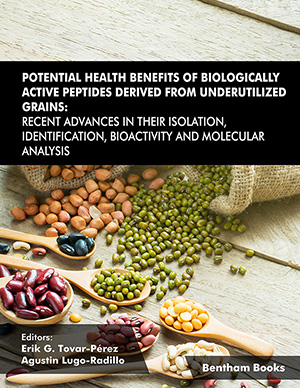Abstract
Millet is a small grain. Africa and Asia are the largest producers and
consumers. Millet is hardier than large grain cereals and could be added to multi-season, multi-crop agriculture. It has nutritional properties such as proteins and
carbohydrates, high content of fiber and unsaturated fats, essential amino acids,
minerals, and vitamins, and it is considered a highly energetic cereal. The health
benefits of whole millet grain consumption are risk reduction of various chronic
diseases. In addition, it is characterized by having short growing seasons; it grows in
poor soils and with efficient use of water. The consumption of this cereal is indicated
for high-performance athletes, pregnant women, people suffering from stress or
weakness, vegetarians and those seeking nutritional balance. Its largest protein
fractions are albumin, prolamins and glutelins. Cereal peptides from their protein
fractions have been found to possess biological activities of high interest to maintain
and improve human health. Peptides from millet grains have been shown to have
antioxidant, anti-inflammatory and hypoglycemic activities.
Keywords: Agronomic practices, Albumins, Amino acids, Bioactive peptides, Distribution, Environmental agents, Globulins, Glutelins, IC50, Millet grain, Minerals, Niacin, Prolamins, Protein, Protein fractions, Riboflavin, Thiamin, Varieties, Vitamins, Yield.






















